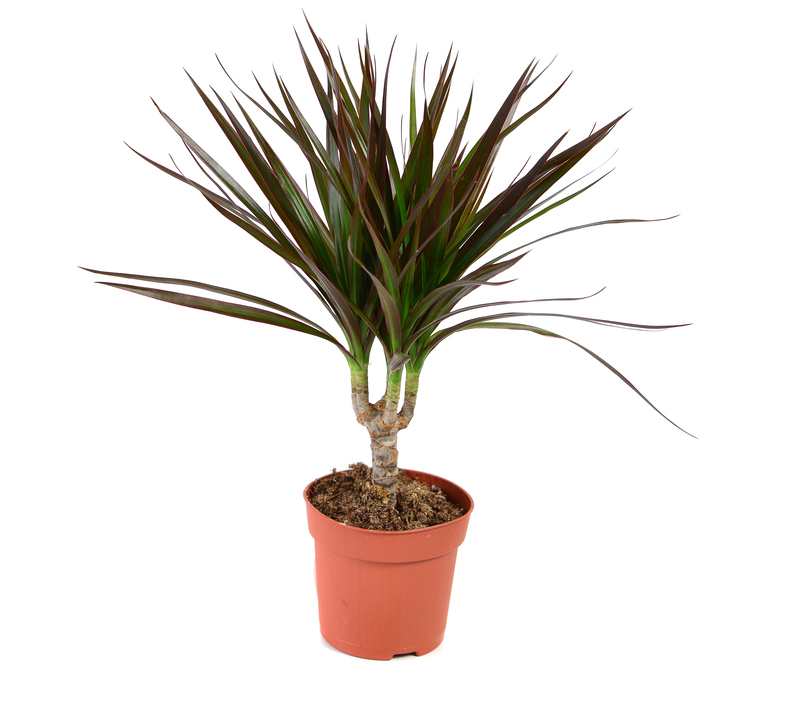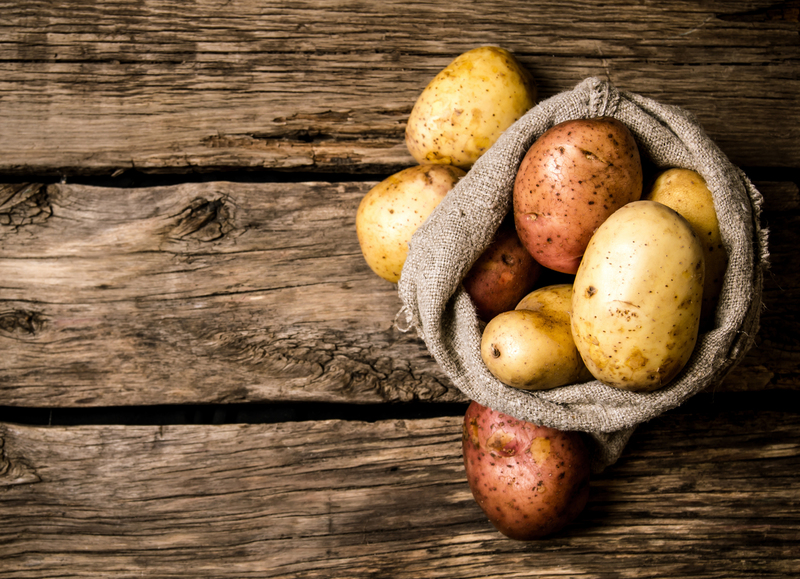Handling Sod Webworms Efficiently
Posted on 01/10/2025
Handling Sod Webworms Efficiently
Gardening is a rewarding hobby for many, offering a serene respite from the hustle and bustle of daily life. However, just like any other form of art, it is not without its challenges. One of the major obstacles gardeners face, especially those with lush lawns, are sod webworms. Understanding how to tackle these pesky pests is crucial to maintaining a healthy, green yard. This article delves deep into how to handle sod webworms efficiently and ensure your lawn remains pristine.
Understanding Sod Webworms
Sod webworms are the larval stage of lawn moths, known scientifically as Crambus spp. These larvae are small, about 3/4 to 1 inch long, and are typically greyish-tan with dark spots. They reside in silk-lined tunnels or webs in the soil, feeding on grass in the evenings and at night. During the day, they remain hidden, making early detection somewhat challenging for homeowners.

Identifying Sod Webworm Damage
The first step in handling sod webworms efficiently is identifying their presence. This involves regularly inspecting your lawn for tell-tale signs such as:
1. **Brown Patches:** These pests chew off grass at the soil level, resulting in small brown patches, especially noticeable in July and August.
2. **Uneven Grass Height:** As sod webworms munch through grass blades, you might notice areas where the grass appears shorter than surrounding regions.
3. **Presence of Moths:** Adult sod webworm moths can often be seen fluttering close to the ground in a zigzag pattern during the early evening.
Preventative Measures
An ounce of prevention is worth a pound of cure. By implementing certain best practices, gardeners can minimize the risk of a sod webworm infestation.
1. **Proper Mowing Techniques:** Maintain your lawn at an optimal height. Overly short grass is more susceptible to infestations.
2. **Regular Watering:** Sod webworms prefer dry conditions, so ensuring your lawn is adequately watered can deter these pests.
3. **Healthy Lawn Practices:** A robust lawn can resist pest invasions better than a weak one. Regular fertilization and aeration will keep your grass healthy and resilient.
Natural Control Methods
If you are wary of using chemicals, there are several natural methods to handle sod webworms efficiently.
1. **Birds and Beneficial Insects:** Encourage natural predators like birds and beneficial insects such as parasitic wasps. Installing birdhouses or planting flora that attracts beneficial insects can be particularly effective.
2. **Neem Oil:** This natural insecticide can disrupt the life cycle of sod webworms, making it difficult for them to breed and thrive.
3. **Bacillus Thuringiensis (Bt):** This naturally occurring bacterium is lethal to many garden pests, including sod webworms. When applied correctly, it can provide relief without harming beneficial insects.
Chemical Treatments
In severe cases, chemical treatments might be necessary to handle sod webworms efficiently. Here are some of the most effective ones:
1. **Insecticidal Soaps:** These are relatively safe and can be sprayed directly onto affected areas. They are particularly effective against young larvae.
2. **Pyrethroids:** These are synthetic chemicals that replicate natural insecticides produced by chrysanthemums. They offer quick knockdown of pests but should be used cautiously to avoid harming non-target species.
3. **Systemic Insecticides:** These are applied to the soil and absorbed by grass roots. When sod webworms feed on treated grass, they ingest the insecticide and perish.
Integrated Pest Management (IPM)
A holistic approach to pest management can often prove more efficient than any single method. Integrated Pest Management (IPM) merges multiple control strategies to handle sod webworms effectively.
1. **Regular Monitoring:** Regularly inspect your lawn for signs of damage and the presence of sod webworms. Early detection can make intervention simpler and more effective.
2. **Cultural Controls:** Implement good lawn care practices such as proper watering, mowing, and fertilization. This strengthens your lawn and makes it less appealing to sod webworms.
3. **Biological Controls:** Utilize natural predators and beneficial insects. Birds, nematodes, and beetles can help keep sod webworm populations in check.
4. **Chemical Controls:** As a last resort, use appropriate insecticides. Ensure you follow label instructions strictly to avoid environmental harm and resistance buildup in pests.

Repairing Sod Webworm Damage
Once the sod webworms have been eliminated, it's time to repair the damage they caused. Proper lawn care techniques can rejuvenate your grass and restore its health and vibrancy.
1. **Reseeding:** For severely damaged areas, consider reseeding. Choose a grass variety suitable for your climate and follow proper seeding techniques.
2. **Fertilization:** Feeding your lawn with the right nutrients can accelerate recovery. Opt for a balanced fertilizer and apply following the manufacturer's recommendations.
3. **Topdressing:** Applying a thin layer of compost or topsoil can help repair bare patches and promote healthier grass growth.
4. **Watering:** Ensure your lawn gets enough water, especially during the initial recovery period. Regular watering can aid in the quick establishment of new grass.
Conclusion
Handling sod webworms efficiently involves a combination of prevention, natural methods, and, when necessary, chemical treatments. By staying vigilant and adopting an integrated pest management approach, gardeners can protect their lawns from these damaging pests. Remember, a healthy lawn is less likely to succumb to infestations, so maintaining good lawn care practices is key. With the right strategies, you can enjoy a vibrant, green yard free from the clutches of sod webworms.



